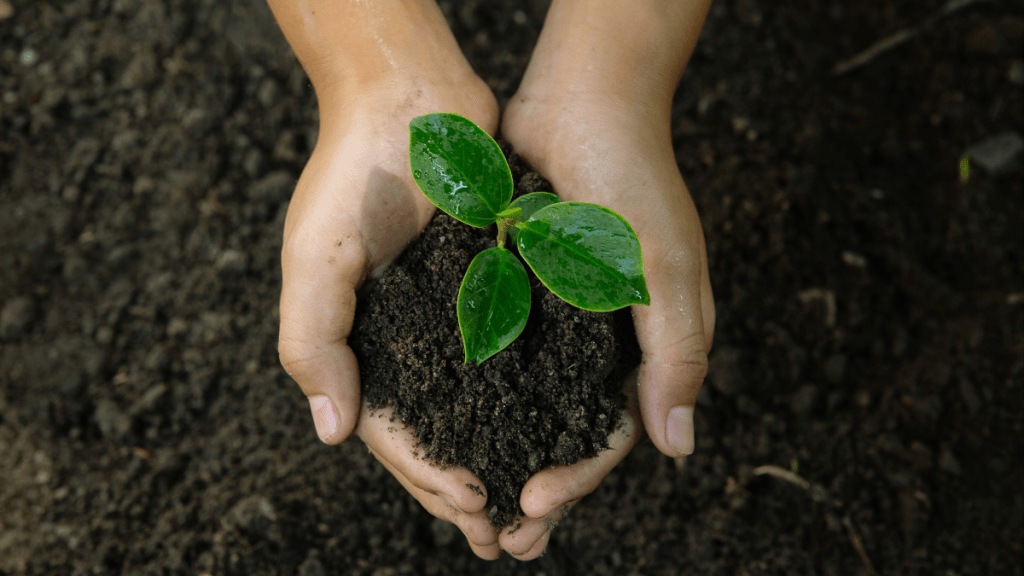By Ashok Gulati, Leonardus Vergutz, and Ritika Juneja
Who would have imagined that India, which lived from “ship to mouth” with heavy dependence on food aid under the US Public Law 480 programme in the 1960s, would emerge as the world’s largest rice exporter? In FY25, India exported 20.2 million tonnes (MT) of rice in a global market of 61 MT. It also runs the world’s largest food distribution programme—the PM Garib Kalyan Yojana—providing 5 kg of free rice or wheat per person per month to more than 800 million people. And still the Food Corporation of India holds about 57 MT of rice—the highest stock in 20 years and nearly four times the buffer norm of 13.54 MT as of July 1.
Poverty has reduced dramatically too. The extreme poverty headcount (earning less than $3/day at 2021 purchasing power parity) dropped from 27.1% in 2011 to just 5.3% in 2022. Notwithstanding these achievements, malnutrition among children remains a challenge. The National Family Health Survey‑5 (2019-21) reports that 35.5% children under five years of age are stunted, 32.1% are underweight, and 19.3% are wasted. Clearly, food security in India has evolved beyond merely ensuring caloric sufficiency—it now must encompass nutritional security as well.
The Hidden Link
One of the critical and often overlooked factors here is the health of our soils. Soil micronutrient deficiencies not only impair agricultural productivity but also degrade the nutritional quality of crops. Crops grown on nutrient-deficient soils often mirror those deficiencies, leading to a silent but pervasive form of malnutrition in humans. Take zinc, for example—its deficiency in soils translates into low zinc content in cereals like wheat and rice, which in turn is linked to childhood stunting, a condition that affects both physical development and long-term cognitive and income potential.
Of more than 8.8 million samples tested under the Soil Health Card Scheme in 2024, less than 5% of Indian soils have high or sufficient nitrogen (N), only 40% have sufficient phosphate (P), 32% have sufficient potash (K), and just 20% are sufficient in soil organic carbon (SOC). Importantly, SOC is a critical parameter defining soil’s physical, chemical, and biological properties as these govern its holding capacity and nutrient use efficiency. There is also a debate on how much SOC is considered sufficient. According to the Indian Institute of Soil Science, SOC within 0.5-0.75% is adequate, but World Food Laureate Rattan Lal, with his life-long work on soils, prescribes that the carbon content in soils should be at least 1.5-2%. Our soils also suffer from a deficiency of sulphur as well as micronutrients like iron, zinc, and boron, ranging from moderate to severe. It won’t be an exaggeration to say that many parcels of Indian soils need to be immediately taken to the intensive care unit to restore them to normal health so that they can produce nutritious food on a sustainable basis.
Science-Based Soil Nutrition
In certain pockets, nitrogen is overused while phosphorus and potassium are underused. For example, in Punjab, nitrogen use exceeds recommendations by 61%, while potassium use is short by 89%, and phosphorus use is short by 8%. Telangana also mirrors this imbalance—overusing N by 54% but using 82% less K and 13% less P. The situation in many other states is also similar. This highly imbalanced use of N, P, and K and the neglect of micronutrients leads to suboptimal results on agricultural productivity. Nationwide, the fertiliser-to-grain response ratio has declined significantly from 1:10 in the 1970s to a mere 1:2.7 in 2015.
Moreover, the application of granular urea results in substantial N losses, with only 35-40% of the nitrogen being absorbed by the crops. The remaining N is either released into the atmosphere as nitrous oxide—a greenhouse gas that is 273 times more potent than carbon dioxide—or leaches into groundwater, contaminating it with nitrates and making it unsafe for consumption. So, in a way, this imbalanced use of N, P, and K is creating more pollution than increasing grain yields. On top of this, a sizeable part of urea is diverted to non-agricultural uses and also leaks to neighbouring countries. This needs to change.
To restore soil health and improve both crop and human nutrition, India needs a paradigm shift—from indiscriminate fertilisation to tailored and science-based soil nutrition management. This calls for a more precise and customised fertilisation strategies, informed by rigorous soil testing, and aligned with the specific nutritional needs of different soils and crops. Only when soils receive nutrients do they produce food that nourishes rather than merely fills stomachs. This is no longer just an agricultural issue; it’s a public health imperative.
Thus, to truly move from plate to plough—and back to plate—we must start by healing the Mother Earth. Only then we can walk as a healthy nation.
The writers are respectively distinguished professor at ICRIER, chief scientific officer at OCP Nutricrops, and research fellow at ICRIER.
Disclaimer: Views expressed are personal and do not reflect the official position or policy of FinancialExpress.com. Reproducing this content without permission is prohibited.

